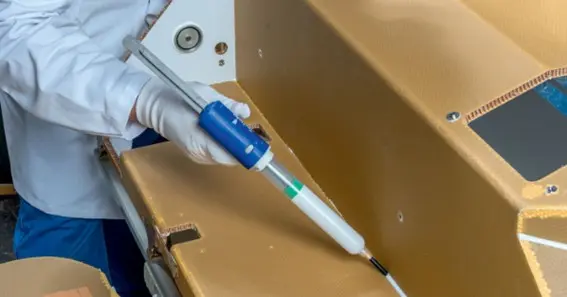When working in freezing environments, ensuring dependable material bonding can be challenging. Advanced adhesives for the cold weather offer a solution designed to withstand harsh conditions while maintaining long-lasting performance. These specialized products have revolutionized construction and industrial applications, enabling secure joins even when temperatures drop below freezing. They are specially engineered to combat the limitations of standard adhesives that tend to lose effectiveness in cold weather.
By enhancing curing capabilities and boosting bonding strength, a cold weather adhesive allows professionals to complete projects year-round, regardless of environmental conditions. Understanding how these adhesives function is essential for choosing the right product for specific needs. This article discusses how these products help in achieving strong bonds in low temperatures.
How They Enhance Bond Strength
These adhesives are engineered with unique chemical properties that allow them to cure even in freezing conditions. Traditional adhesives may fail due to reduced curing times or loss of adhesive strength, but cold-weather variants are formulated to remain effective. They penetrate surface pores, creating a stronghold despite environmental challenges. The chemical composition ensures the adhesive stays flexible, reducing the chance of cracking or shrinking. This flexibility is crucial for applications involving different types of materials where expansion and contraction occur.
Enabling Adhesion in Cold Conditions
The strength of these adhesives comes from their advanced polymer blends. These specialized formulations include moisture-resistant components and flexible bonding agents that adapt to temperature fluctuations. Their resilience ensures that the bond remains secure during freeze-thaw cycles. They also maintain adhesion even when applied in humid or damp conditions, making them versatile for outdoor use. Additionally, their resistance to chemical reactions caused by weather exposure enhances their durability, ensuring long-term performance in challenging environments.
Chemical Formulations Behind Superior Bonding
Adhesives for cold weather rely on modified resins and hardeners designed for performance in low temperatures. These compounds react efficiently in these conditions, maintaining adhesion even when applied to damp or icy surfaces. Their ability to resist thermal contraction and expansion further boosts durability. These advanced formulations reduce curing times, allowing projects to progress faster. As a result, construction teams can stay on schedule, minimizing delays caused by adverse conditions.
How to Use These Efficiently
For optimal results, certain steps must be followed:
- Surface Preparation: Ensure all surfaces are clean and free of contaminants.
- Proper Application Tools: Use recommended tools to avoid uneven application.
- Correct Mixing Ratios: Follow manufacturer guidelines for adhesive preparation.
- Application Speed: Work quickly to prevent premature curing in cold settings.
Why Temperature Resistance Is Crucial
Construction and industrial projects cannot always pause during winter. These adhesives enable uninterrupted progress by ensuring secure joins without compromise. Their ability to resist cold-induced brittleness and cracking keeps structures intact even in extreme climates. Their use ensures that essential infrastructure projects remain on track, despite weather setbacks. This durability makes them valuable for industries where consistent performance is critical, such as transportation, utilities, and commercial construction.
Tips for Selecting the Best Adhesive
Choosing the right adhesive depends on the specific project needs. Consider factors such as:
- Curing Time: Select an adhesive that cures efficiently in your working environment.
- Bond Strength Requirements: Choose based on the load-bearing needs of the project.
- Surface Compatibility: Ensure the adhesive works with various materials like wood, metal, and concrete.
With the right formulation, proper application techniques, and a focus on surface preparation, a cold weather adhesive enables successful projects under extreme conditions. Their effectiveness has made them indispensable in industries requiring consistent adhesion regardless of weather challenges. Investing in high-quality adhesives helps improve operational efficiency while reducing maintenance costs.










